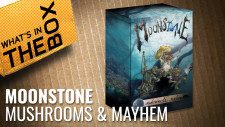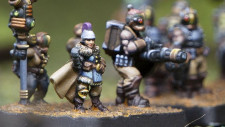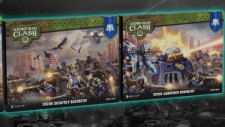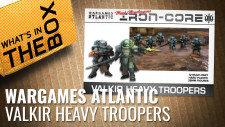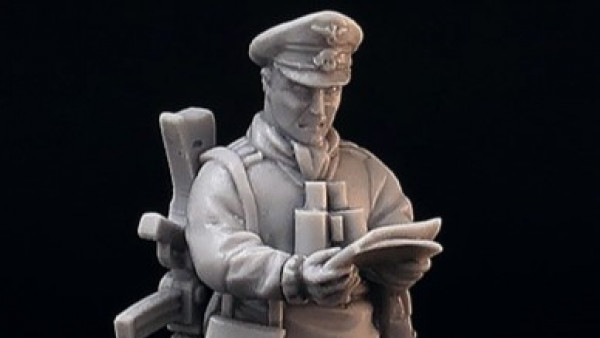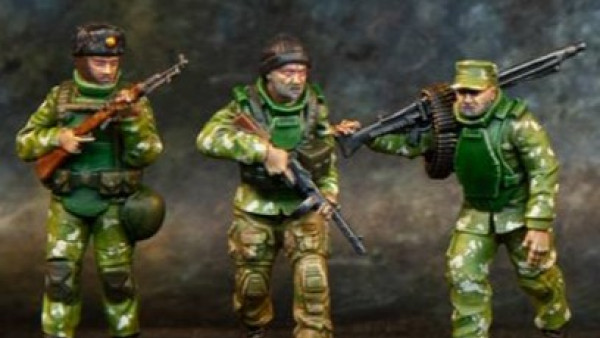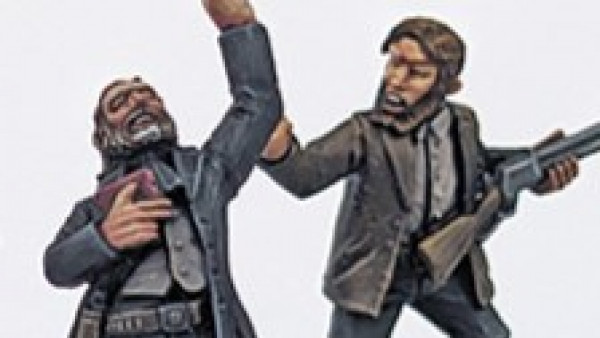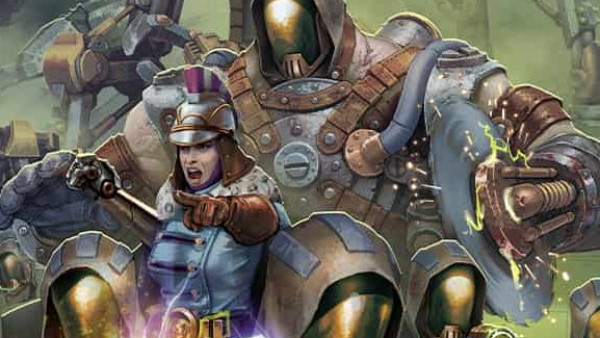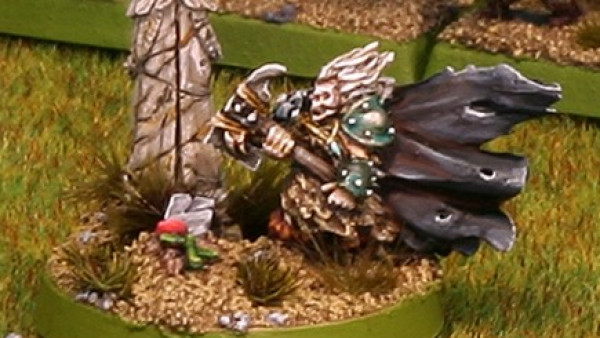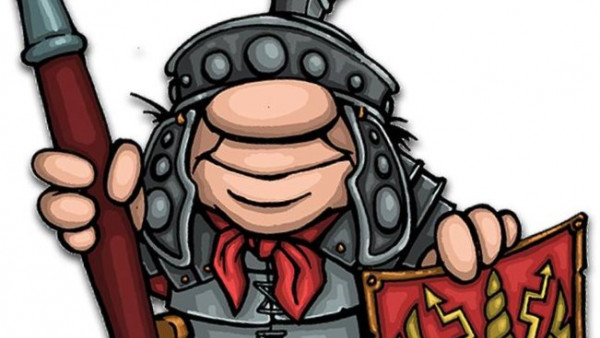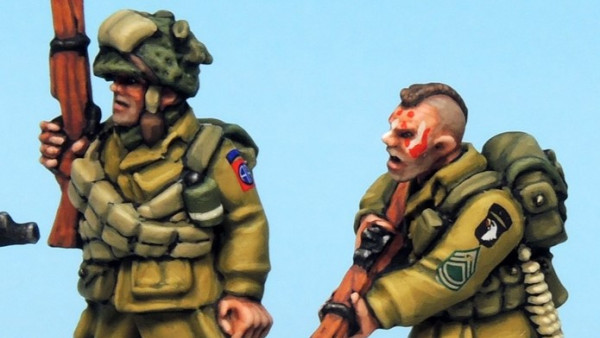Home › Forums › Historical Tabletop Game Discussions › Poland 1939 – Preparing for 80th Anniversary of World War II
Tagged: historical, Oriskany, Poland, World War II, Yavasa
This topic contains 121 replies, has 12 voices, and was last updated by jamesevans140 5 years, 3 months ago.
-
AuthorPosts
-
August 16, 2019 at 9:59 pm #1427166
Great info from Steven Zaloga @torros Thanks 🙂
The only problem is that many units were not fully mobilized on the 1st of September and after 13th of September all we can do is estimate the numbers.
August 16, 2019 at 11:43 pm #1427205
@yavasa – Cool. I didn’t think the Warsaw Armored Motorized Brigade was the same as the 10th Motorized Cavalry Brigade. But the additional information will help build the WAMB to greater detail. Especially the inclusion of 100mm guns (yes, I have counters for those) and the tankettes with 20mm (I will design those quickly).
When do you want to talk things over? Tomorrow before we start? No worries.
No, I didn’t think there any “charges” – hence the “no sabers or lances.” Close assault, maybe … but how else with cavalry engage armored vehicles? This is kind of what happened our previous game, your cavalry in the town close-assaulted my Pz IIs when my Pz IIs were attacking eastward. You can close assault defensively when the enemy is kind enough to move next to you, which sometimes they have to … to spot your positions. 😀
Oof! ASL! You’re a brave man!
Epic sources, @torros ! Thanks very much! This source is absolutely invaluable when you’re trying to find a particular unit in the huge RKKA later after Barbarossa.
Yes, there’s always some rounding off, not only to fit the unit into the OOBs of the game, but also to account for combat losses. My sources put Polish strength per division in the Lublin Army for this battle (Tomoszow) at between 50% and 30%. Oof.
August 17, 2019 at 5:29 am #1427247There is some more Polish stuff listed in the Nafigzir lists I’ll have a look later
August 17, 2019 at 8:04 am #1427251August 17, 2019 at 10:50 am #1427275I was on the Rommel webpage today and amongst the downloads and they have posted the armylist for early war Polish forces. Early war German lists are part of the core rules.
Here is the link if you wish to check it out. A link to the core rules can be found on the homepage.
With this game I might be able to get my hex phobic group to cross a line where they will see that hex and counter games are not that bad and a bolt from the sky will not descend upon them it they touch one of these games. Here’s hoping.
August 17, 2019 at 11:23 am #1427281Rommel is a game I keep meaning to buy but still haven’t managed it yet. The Little Wars TV Day video put it back on the agenda
August 17, 2019 at 6:37 pm #1427407
Panzer Leader: Poland 1939 (myself and @yavasa) is live in about 20 minutes. Ping me a PM if you are interested in participating / spectating. 😀
August 18, 2019 at 8:05 am #1427509@torros if you don’t mind the rules in pdf format they cost half as much to buy. We a way off playing our first game yet, just too much on the plate at the moment, but playing at this caught our attention. When your supply lines are just as important as how many Kngtigers you have is refreshing. Keeping your frontlines tidy is another thing. The more you press your attack the more dispersed your units become and less effective. So it becomes important to be able to feed fresh units into the line and pull units back to reorganise. So we are looking forward to the new challenges.
August 18, 2019 at 8:45 am #1427510August 18, 2019 at 12:00 pm #1427577So, let’s talk some more about the preparation for the inevitable crush.
Polish tactics was heavily influenced by the Polish-Soviet War of 1919-1921. So the Polish high command did assume that the next war will be based on maneuvering and not static defense. Since the Poles were predicted they will have to fight the Soviets and not Germans they put a lot of pressure on fielding cavalry units (the roads network on the eastern borders of Poland at that time was bad) while tanks were to support infantry. The Spanish Civil War also made the Poles convinced that the infantry support role of tanks is the way to go since the use of tanks ans airplanes in 1938 did not speed up the pace of fight. Let’s be fair over here Blitzkrieg at it’s full capacity has been actually tested on Poland. Anyway, only after 1936 did the Polish High Command decide to actually come up with a plan of fight against their western neighbor. In 1936 when Edward Śmigły-Rydz became the General inspector of the Armed Forces he compared the armies of Poland, France and Russia. This comparison did not look good for the Polish army which was obsolete. A modernization plan was undertaken that was about to last 10 years. A little too late. It was not until march 1939 that the Polish High Command begun it’s official work on an operation plan of fight against the III Reich. The plan was code names Plan West.
The Poles had two options:
- Defend on the Biebrza, Narew, Wisła and San rivers. It would be a sound strategy that would allow the small (30 divisions) Polish forces to concentrate on a smaller part of the country and maximize their defensive capacity. However, the plan was not use due to political reasons. First of all, Poland was afraid of a second Czechoslovakian scenario happening on its own territory. Secondly, for the plan to work Polish forces had to fully mobilized and that could only be achieved if the western highly populated voivodeships were providing recruits. Last but not least, it would give the western allies the impression that Poland does not want to fight for its territories.
- Defend on the borders in order to provide a defensive bubble for a full mobilization of the forces and only then slowly withdraw toward the east-south to the defense line based on Wisła, Narew and San rivers and if that line cracked the defenders should set up another line near the border with Romania. Poland based this plan on the belief that France and Great Britain will conduct offensive operations against Germany within two weeks from the beginning of hostilities. The first line of defense was to last for two weeks at best to shelter the mobilizing units in order to allow a withdrawal behind the Wisła. Polish High Command wanted to avoid a decisive battle west of this major river. There were many weaknesses of this strategy with two major ones being: Polish division were too stretched out, nobody knew how fast the Germans attacks and maneuverability is going to be.
- Plan West had also two elements that were concentrating on the Navy. First one of the Plan Worek was concentrating on the use of Polish submarines against the Kriegsmarine and the second one Operation Pekin was the plan to withdraw three Polish destroyers Błyskawica, Grom and Burza to England. The latter one was a success.
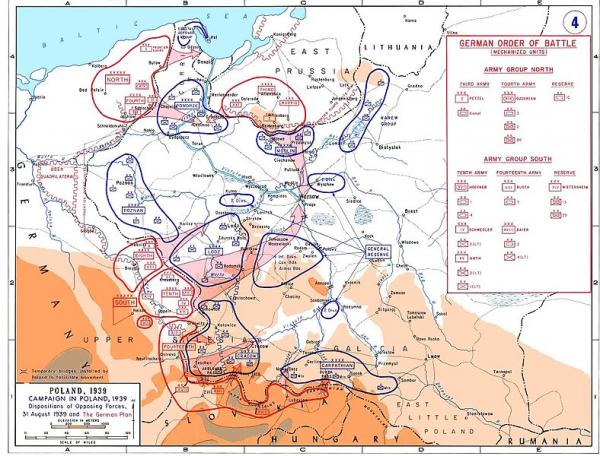 August 20, 2019 at 7:37 am #1428047
August 20, 2019 at 7:37 am #1428047I must admit that the Polish-Russian war is one that is on my to do list @yavasa. The concept of fighting a civil war and oh if that was not hard enough let’s have a war with Poland.
Are there any good references for Polish doctrine and tactics that you have come across?
Thanks for these background posts as they are giving better coverage than most documentaries I have seen.
Will the second game between you and @oriskany be posted on this thread?
August 20, 2019 at 10:05 am #1428090Hello @jamesevans140
oh yes, the Polish-Russian war is quite interesting and I can see some possibilities for the table top. In fact Polish publisher Taktyka & Strategia has one on it’s way on pre-order https://taktykaistrategiasklep.pl/produkt/warszawa-1920/ (there is an English description and the rules should also be available in English). Still it’s a hex and counters game.
As for the tactics I don’t have any books of my own but all I read was in Polish if that interests you. From the English titles I can recommend White Eage, Red Star by Norman Davies. A good read.
Glad that you like the series. I hope @oriskany will publish something concerning our game as soon as he finds some spare time. 🙂
August 20, 2019 at 3:05 pm #1428186
Glad you liked the game, @yavasa . I had fun as well. I will definitely put something on the thread, whether it will be a video reel or a traditional written / illustrated battle report … I’m not yet sure.
I have one more piece of Gulf War 1991 video to put together, and Ops Center Episode 11 (Vietnam 03) production has now begun. So it might be a while, but it will be coming.
It was interesting to see things like panzers being used defensively, infantry being used offensively, and of course the real star of any good command tactical wargame … not tanks, not aircraft … but artillery.
Very interesting points on Polish operational and strategic planning. This proposed fighting, phase withdrawal to the southeast is what we see in the Battle of Tomaszów Lubelski, part of which we recreated last Saturday in Panzer Leader. 😀
August 20, 2019 at 8:04 pm #1428224@oriskany cool 🙂 The public demands a video but I understand your time constrains and other projects so no worries.
Indeed, the Poles in our battle were trying to move towards SW as more or less planned.
August 23, 2019 at 8:43 am #1428974Thanks for the reply @yavasa. As @oriskany will tell you I am big on historical doctrine and tactics, in our games you lose VP for not staying within historical boundaries.
It is a pity there is little on Polish doctrine as I would be very interested in how they intended to use there rather eclectic mix of obsolete, aging and a sprinkling of near up to date equipment. In this respect they are similar to the Finns and the Dutch. Although I have a number of armies in 15mm by far my favorite to play for this very reason of small nation trying its best to construct useable army in the field. The Finns mixed theirs well taking their environment and terrain into their doctrine. So I would not imagine that Polish doctrine would be the same. I have come across Dutch doctrine whose equipment is just as eclectic and tiring it to their terrain came up with a very different doctrine. For Polish doctrine I have only been able to discern some of their strategic doctrine from the mid 30’s to 39 and after that some insight on their resistance.
I will check out that link to the Polish board game, however as stated earlier the guys I play with are hex phobic.
This is a pity as I love the early war period. Looking at the transition of peace time armies or colonial policing armies evolve into battle hardened armies. I think we missed out with the nation’s that were knocked out early such as Poland, Holland and Belgium as they all had doctrines that would have been interesting to see evolve like the Finnish doctrine. This was very interesting as it had to evolve against Russia and then German doctrines with both having better equipment.
-
AuthorPosts
You must be logged in to reply to this topic.































